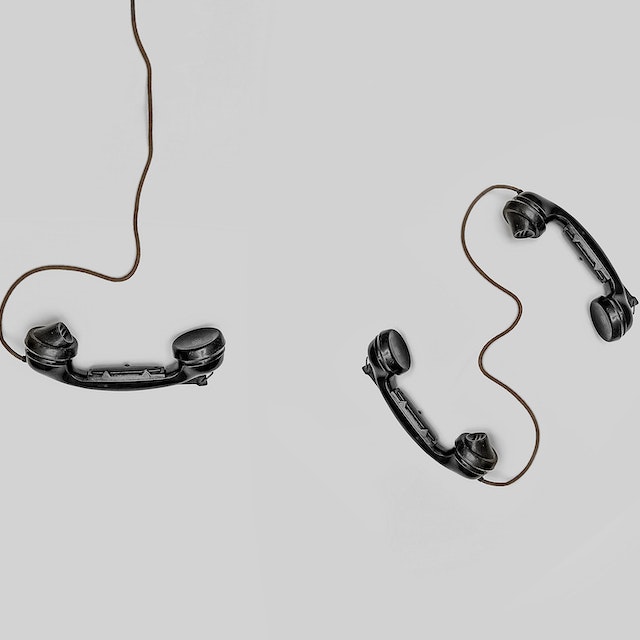Bay Leaf Drying Application
Drying or dehydration is the process of removing vaporisable substances such as water from solid materials in order to slow or stop microorganism growth or chemical reactions.
In traditional drying methods, heat is gradually transferred from the surface of the dried material to the interior due to the temperature difference between the hot surface of the product and the colder interior during the drying process.


Thus, first the surface and then the inner parts of the product are dried and the hard layer formed on the outer surface of the product due to shrinkage prevents the transfer of heat to the inner parts and the moisture inside the product to the outside of the product. In microwave drying method, unlike traditional drying methods, since the electromagnetic field affects the material as a whole, a selective heating is carried out by directly targeting the water molecules in the material. In this method, heat is generated directly in the product. The moisture in the product is evaporated by heating in very short periods of time and the moisture transfer is from inside to outside due to the vapour pressure difference in the inner and outer environment. Thus, the heat transfer problem occurring in traditional drying methods is eliminated in microwave drying method.
An industrial microwave drying of bay leaves is the process of removing moisture from bay leaves using microwaves as the main heat source. The bay leaves are placed in a microwave drying chamber where microwaves are generated and directed towards the bay leaves to remove moisture. This process has several advantages over conventional drying methods, such as shorter drying time, improved product quality and energy efficiency. Microwave drying is a relatively new technology and is still being developed and refined. It has the potential to revolutionise the drying industry and has already been applied to a variety of products including fruit, vegetables, herbs, spices and cereals. One of the main benefits of microwave drying is the shortening of drying time. Microwaves penetrate deep into the material being dried, enabling a more efficient and faster drying. This is particularly useful for bay leaves, which can take a long time to dry by conventional methods. Microwave drying also has the advantage of preserving the quality and nutritional value of bay leaves. The high temperatures and long drying times associated with conventional drying methods can cause bay leaves to lose some of their nutritional value and flavour. Microwave drying can help to preserve these qualities. In addition, microwave drying is more energy efficient than conventional drying methods. It uses less energy to generate microwaves than to generate the heat required for conventional drying methods. This makes it a more environmentally friendly option for drying bay leaves and other products. Overall, drying bay leaves in an industrial microwave is a fast, efficient and environmentally friendly method for drying bay leaves and other products. It has the potential to revolutionise the drying industry and is an important technology to consider for anyone interested in drying bay leaves or other products.
Advantages
Microwave drying is a common method used in the industrial drying of bay leaves. It has several advantages over other drying methods:
- Speed: Microwave drying can be much faster than other drying methods because microwaves can directly heat the water molecules inside the bay leaves, which causes the water to evaporate faster.
- Energy Efficiency: Microwave drying is more energy efficient than other drying methods because it heats the product directly rather than heating the surrounding air.
- Gentle Drying: Microwave drying is a gentle drying method as it does not expose the bay leaves to high temperatures or mechanical stress. This can help to preserve the quality and flavour of bay leaves.
- Reduced Shrinkage: Since microwave drying does not expose bay leaves to high temperatures, it can help reduce shrinkage during the drying process.
- Improved Product Safety: The use of microwaves can help kill bacteria and other microorganisms, improving the safety of dried bay leaves.
- Overall, microwave drying is a fast, energy efficient and gentle drying method that can help to preserve the quality and flavour of dried bay leaves and at the same time improve product safety.
Let us Project for You
Let us develop and propose a special project for your sector, product and needs.



